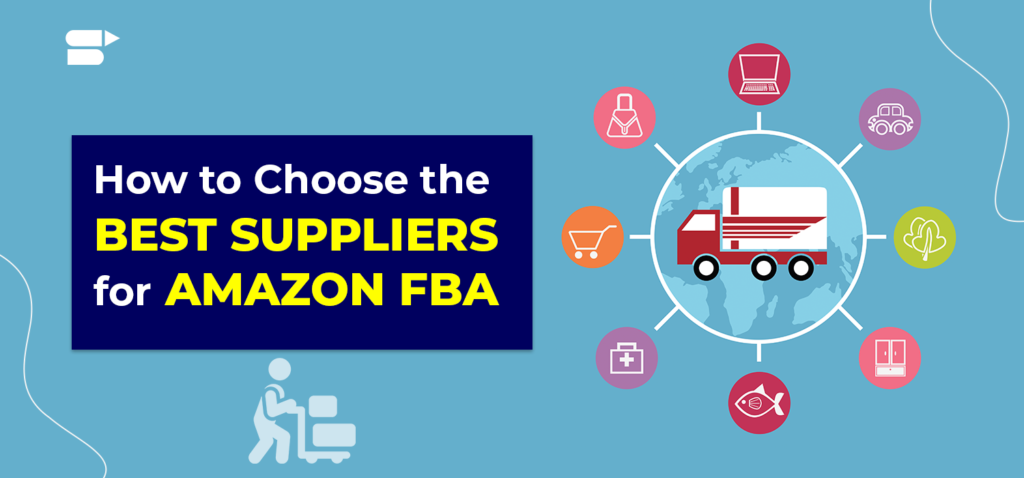
Introduction
In the dynamic world of e-commerce, Amazon FBA (Fulfillment by Amazon) has emerged as a lucrative avenue for entrepreneurs. However, success in this realm isn’t merely about listing products; it’s about strategic sourcing, efficient operations, and staying ahead of market trends. This guide delves into the top wholesale tactics that can help Amazon sellers maximize profits and build sustainable businesses in 2025.
Understanding the Amazon FBA Wholesale Model
Before diving into tactics, it’s essential to grasp the fundamentals of the Amazon FBA wholesale model:
- Bulk Purchasing: Acquiring products in large quantities from manufacturers or authorized distributors at discounted rates.
- Brand Reselling: Selling established brands that already have market recognition, reducing the need for extensive marketing.
- FBA Fulfillment: Leveraging Amazon’s logistics network to store, pack, and ship products, ensuring timely delivery and customer satisfaction.
This model allows sellers to focus on sourcing and sales strategies while Amazon handles the operational complexities.
1. Mastering Product Research
Identifying profitable products is the cornerstone of a successful wholesale business.
Utilize Advanced Tools
Leverage tools like:
- Jungle Scout: For product tracking and sales estimates.
- Helium 10: Offers a suite of tools for keyword research, trend analysis, and more.
- Keepa: Provides price history charts and sales rank data.
These tools help in assessing product demand, competition, and profitability.
Analyze Market Trends
Stay updated with market trends to identify emerging product opportunities. Consider factors like seasonality, consumer behavior shifts, and global events that might influence demand.
2. Building Relationships with Reputable Suppliers
Establishing strong relationships with reliable suppliers ensures consistent product quality and availability.
Attend Trade Shows
Participate in industry-specific trade shows to meet potential suppliers, understand market offerings, and negotiate deals.
Verify Supplier Credentials
Ensure suppliers are authorized distributors or manufacturers. Request:
- Business licenses
- References from other clients
- Product catalogs
This verification minimizes the risk of counterfeit products and ensures compliance with Amazon’s policies.
3. Negotiating Favorable Terms
Effective negotiation can significantly impact your profit margins.
Discuss Minimum Order Quantities (MOQs)
Negotiate MOQs that align with your budget and storage capabilities. Some suppliers may offer flexibility, especially for new clients.
Seek Volume Discounts
Inquire about discounts for bulk purchases. Establishing a history of consistent orders can position you for better pricing over time.
4. Optimizing Inventory Management
Efficient inventory management prevents stockouts and overstock situations.
Implement Inventory Management Systems
Use software solutions to track inventory levels, forecast demand, and automate reorder processes.
Monitor Amazon’s Inventory Performance Index (IPI)
Maintain a healthy IPI score by:
- Keeping popular products in stock
- Removing slow-moving inventory
- Ensuring timely shipments to Amazon fulfillment centers
5. Enhancing Product Listings
A compelling product listing can significantly boost conversion rates.
Optimize Titles and Descriptions
Incorporate relevant keywords naturally into product titles and descriptions to improve visibility in search results.
Use High-Quality Images
Include clear, high-resolution images that showcase the product from multiple angles. Lifestyle images can help customers visualize product usage.
6. Leveraging Amazon Advertising
Investing in Amazon’s advertising solutions can drive traffic and increase sales.
Sponsored Products
Promote individual listings to appear in search results and product pages.
Sponsored Brands
Highlight your brand and product portfolio, enhancing brand recognition.
Sponsored Display
Reach relevant audiences both on and off Amazon, targeting customers based on shopping behaviors.
7. Monitoring Performance Metrics
Regularly assess your business performance to identify areas for improvement.
Analyze Sales Reports
Review sales data to understand product performance, customer preferences, and revenue trends.
Track Customer Feedback
Monitor reviews and ratings to gather insights into product quality and customer satisfaction. Address negative feedback promptly to maintain a positive reputation.
8. Staying Compliant with Amazon Policies
Adherence to Amazon’s guidelines is crucial to avoid account suspensions or penalties.
Understand Amazon’s Terms of Service
Regularly review Amazon’s policies related to product listings, customer communication, and fulfillment requirements.
Maintain Accurate Product Information
Ensure product listings are truthful and up-to-date, including details like dimensions, materials, and usage instructions.
9. Exploring International Markets
Expanding into global marketplaces can open new revenue streams.
Research Market Demand
Analyze demand trends in target countries to identify suitable products for expansion.
Understand Regulatory Requirements
Familiarize yourself with import regulations, taxes, and compliance standards in each market to ensure smooth operations.
10. Continuous Learning and Adaptation
The e-commerce landscape is ever-evolving. Staying informed and adaptable is key to long-term success.
Engage in Online Communities
Join forums, social media groups, and professional networks to share experiences, seek advice, and stay updated on industry developments.
Invest in Education
Participate in webinars, courses, and workshops to enhance your skills and knowledge in areas like digital marketing, supply chain management, and customer service.
Conclusion
Achieving success as an Amazon FBA wholesale seller in 2025 requires a combination of strategic planning, diligent execution, and continuous learning. By mastering product research, building strong supplier relationships, optimizing operations, and staying adaptable, you can navigate the competitive landscape and maximize your profits.
Remember, the journey to profitability is ongoing. Stay proactive, embrace innovation, and always prioritize delivering value to your customers.
